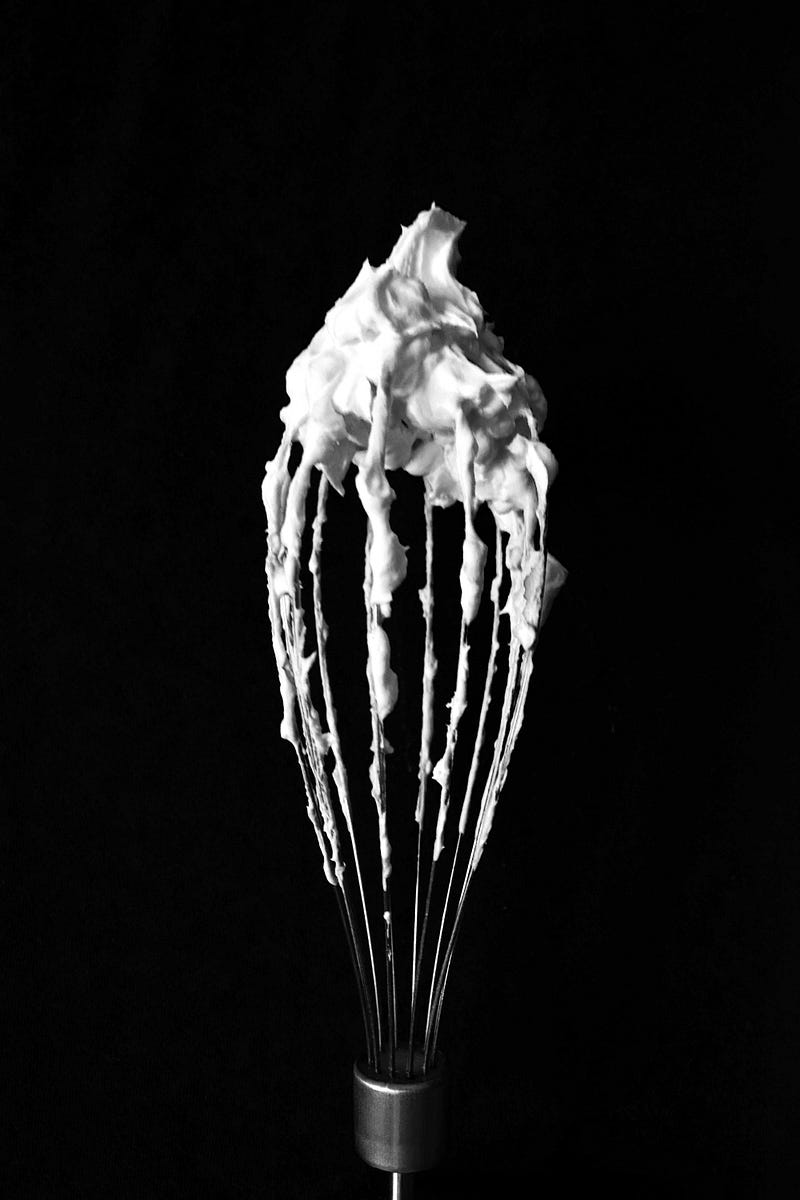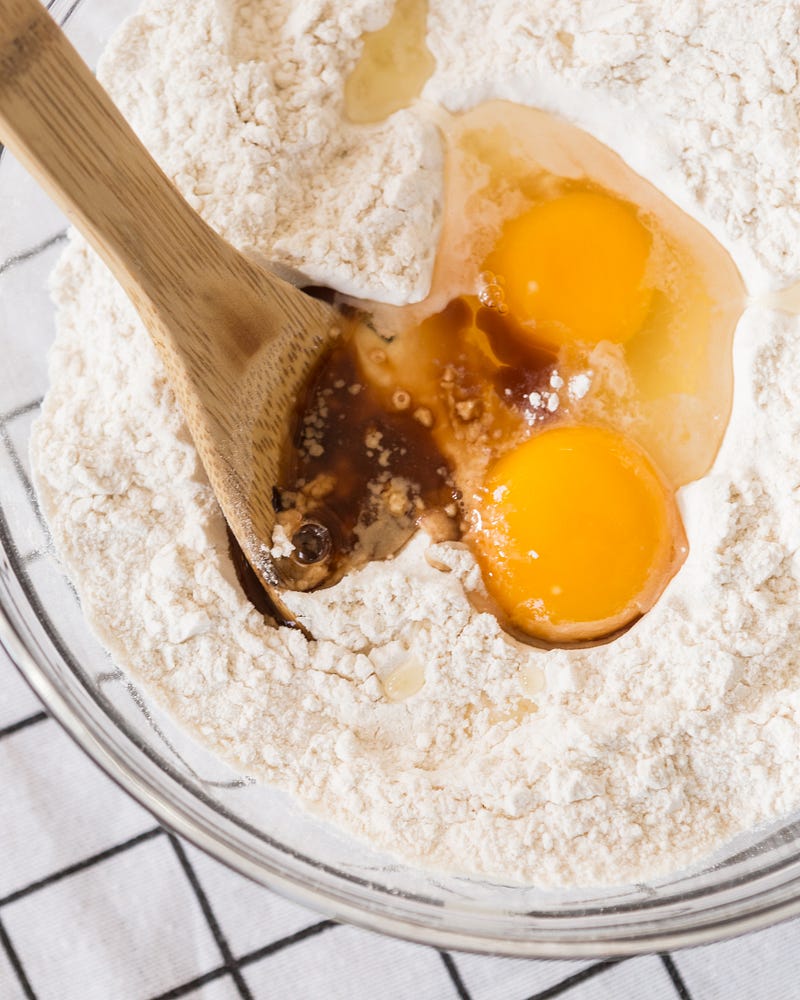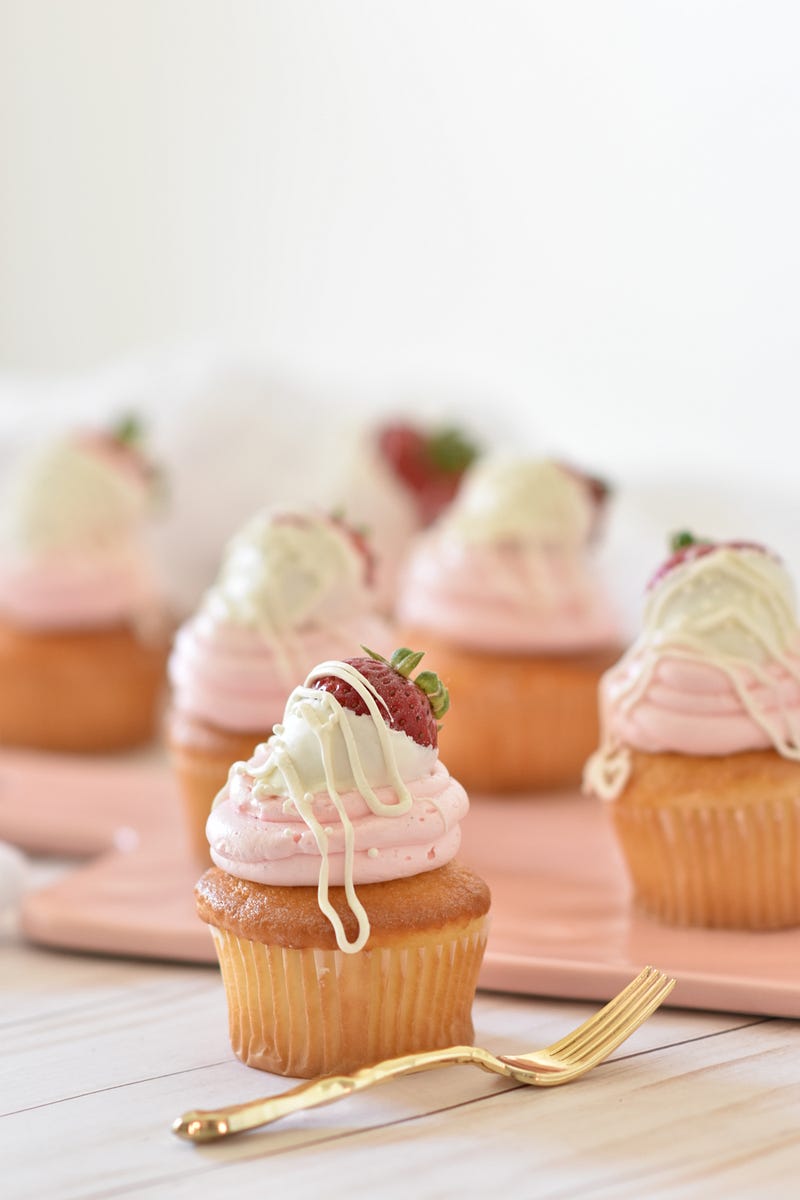Perfect Baking: The Dangers of Over-Mixing Explained
Written on
The Science of Baking
Baking has always fascinated me; it feels like engaging in a delightful chemistry experiment. As a scientist, I'm keen on the exactness that baking demands—just a small mistake can lead to cakes that are flat, chewy, or, worst of all, have that infamous soggy bottom. Yikes!
If you're curious about the science that underpins a well-crafted cake, my article delves into this topic in detail. Understanding the roles of various ingredients in cake-making has significantly enhanced my baking skills.
A Personal Baking Experience
Recently, I decided to make banana bread, finally using up some overripe bananas. I have a recipe I keep in my special notebook. Although I call it 'my own', it’s really an American recipe that I've tweaked over time.
A crucial step in this recipe is clear: 'Mix the wet ingredients', 'mix the dry ingredients', then combine them—without over-mixing. As I prepare my banana bread, I often remind myself: "don’t over-mix," "take it easy." It's like giving myself a pep talk, knowing that if I don’t restrain myself, I'll end up vigorously stirring until everything becomes a bland mixture.

Photo by Tamara Gak on Unsplash
Understanding My Mixing Habits
I acknowledge that I have a tendency to over-mix. Perhaps it's a psychological urge to 'complete the task', or maybe I’m just overthinking things.
However, I noticed a significant improvement in my baking when I started following American recipes for cookies and muffins. The guidance to 'mix dry, then wet, and only combine until just blended' was transformative. My baked goods turned out softer and lighter, and I finally achieved those chewy cookies I'd been yearning for.
Of course, avoiding over-mixing is not just an American concept; UK recipes often include similar instructions, such as "fold gently" for classic cakes like the Victoria Sponge. Unfortunately, I often overlooked that subtlety, mixing my batter with reckless abandon.

Photo by No Revisions on Unsplash
The Science Behind Gluten Development
From a scientific perspective, over-mixing is detrimental. When liquid is added to flour, the gluten development process begins, creating protein strands that provide structure to baked items. While some gluten development is necessary, excessive mixing leads to overly dense and chewy results.
For items like bread, a lot of gluten is beneficial due to the kneading involved, but for fluffy muffins? Not so much.

Photo by Deva Williamson on Unsplash
The Perils of Over-Aeration
Another issue with over-mixing is excessive aeration. While incorporating air is essential for a good rise, too much can cause your baked goods to puff up in the oven only to collapse into a dense disappointment once cooled. Not the outcome you desire—unless you happen to enjoy cupcakes with crater-like depressions.
In summary, it’s a straightforward yet vital lesson: over-mixing can lead to disaster.
Happy baking!
Key Sources:
- ‘The Most Confusing Recipe Instruction, Debunked & Demystified’, Food52, 2017.
- ‘WHAT’S WRONG WITH MY CUPCAKES? How to Get Perfect Cupcakes Every Time’, Cupcake Jemma, 2019.
Explore More About My Culinary Adventures
Want to know more about my baking journey and the stories I share? Click the link below to learn about my interests and writing style (plus a disclaimer about my content—yawn!).
This video titled "How to bake the PERFECT scone | Paul Hollywood's Easy Bakes" provides great tips for perfecting your scone baking technique.
In this video, "How Easy is it to Overmix Bread Dough? Can you do it by Hand?" you'll learn more about the implications of over-mixing your dough.